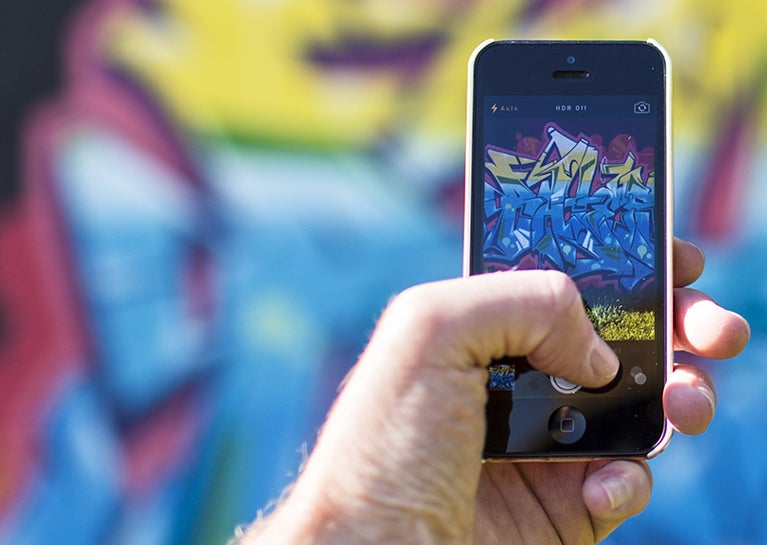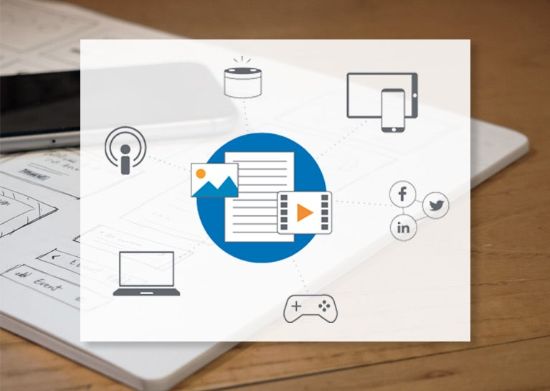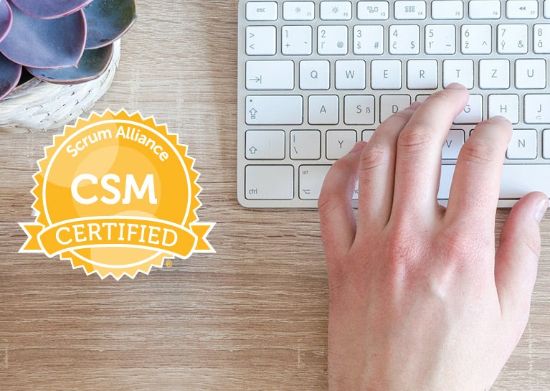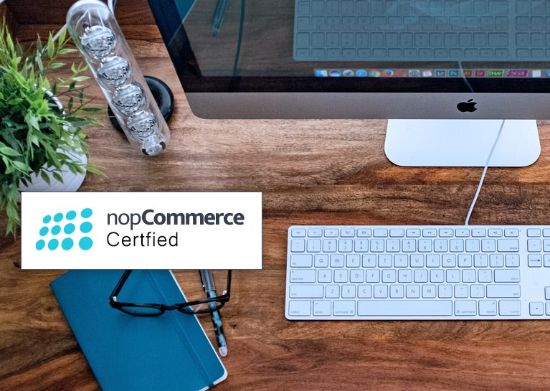
“We’re not a tech company.”
While consulting with companies and organizations across all kinds of verticals, I’ve often heard this sentiment voiced as an objection to the time and cost involved in recommended ecommerce or marketing solutions being proposed to them. While I’m usually never this blunt to a client, the short answer to that objection is almost always “Yes, you are.”
I get it. You’ve been running your business for 30 years without technology, and you’ve been doing just fine. Even if you haven’t been running a business for that long, maybe you don’t see what tech has to do with your service or product. In many cases, you may think of your product as anti-tech. Whether you’re selling art, raising money for a cause, or I don’t know – making “Artisanal Knots”, you may consider your business to be as far away from technology as you can get.

But here’s thing. Whether or not you move toward technology, it keeps moving toward you. Let me explain:
THE EMPOWERED CONSUMER
You may or may not have heard the term “Empowered Consumer” before, but it’s been around for at least a few years. It refers to the idea that consumers are no longer passively accepting information, services, and products as they are offered. They don’t naively take marketing efforts or brand presentation at face value.
Instead, Empowered Consumers get information from multiple sources before making decisions, many of which are online. Posting pictures on Facebook and following celebrity tweets evolved into gathering social recommendations, reading user reviews before buying important items, and comparison shopping online and in-store simultaneously. These shoppers often have more product and competitive information than the company’s sales associate that is helping them.
Not willing to be driven by ads, or even entirely by friends’ recommendations – the Empowered Consumer is driven by their own ability to "try before you buy", return at will, and click their way to ever-better options and choices. This newfound comfort with choice and information affects how they shop, what they shop for, and how they expect to be treated. Related to their expectations for treatment, an Empowered Consumer can be loyal, but only if this loyalty goes both ways. Value comes from not only product price, but also the quality and honesty from the brands they patronize. They expect that a brand will understand their needs, the way they currently engage as a shopper, as well as everything they’ve done in the past.
There are many contributing factors to the rise of the Empowered Consumer. We’ve all been subject to the same cheesy, heavy-handed, and even downright dishonest advertising, allowing us to become wiser in how we interpret a brand’s efforts to market to us. However, my contention is this: The one core driver for the advent of the Empowered Consumer is technology.
The Internet and smartphones have given us instant access to all the information we could ever want. Marketing automation platforms and big data have provided us with effective recommendations, cohesive engagement histories, and accustomed us to seamless shopping experiences. Social media and user reviews have allowed us to tap into a wealth of experiences beyond our own, in order to vicariously “try before we buy” before we even walk out of our front door.

Check out a few examples of the kind of behavior facilitated by technology:
- Eighty-two (82!) percent of shoppers say they consult their phones on purchases they're about to make in a store.(1)
- After reading something on a smartphone, nearly one in four shoppers has changed his or her mind about buying something while in the checkout line.(2)
- One in four people who avoid stores say it's because they don't know if a product is in stock.(3)
THE DISRUPTED INDUSTRY
“The best way to market to Empowered Consumers? Empower them more.”
While the term “Empowered Consumer” is often spoken with disdain or frustration by those still trying to stay ahead of their consumers’ information with traditional marketing and commerce practices, many brands are realizing that the genie is out of the bottle so to speak. You can’t “untrain” consumers or convince them to revert to an older model of passive consumerism. The best way to market to Empowered Consumers? Empower them more.
According to Sephora’s Vice President of Media, Bridget Dolan, "A client that really knows exactly what she's buying—all the reviews and all her options—is actually a happier client and will come back and shop with you more often." (4) Sephora has done this by designing its mobile app to be an in-store shopping assistant. You can scan products and immediately pull up ratings and reviews while you’re shopping.
There are plenty of ways to disrupt an industry, but more often than not, the ideal recipe for disruption is to introduce technology into an industry that isn’t traditionally thought of as a technology-driven industry.
Need evidence? A quick Google search of “Most Disruptive Companies 2015” will give you the following three companies within the top five:
- Uber
- Airbnb
- Netflix
Uber approached the taxi industry thinking like a tech company. They even leveraged the sharing economy, meaning they don’t have to maintain a fleet, train or staff drivers, or deal with any of the traditional areas of overhead that a taxi company would need to handle. They focused on the technology service that connected drivers with riders, and they’ve sent shockwaves through the industry. Airbnb’s approach to lodging has been very similar.
Netflix increased the convenience of movie rentals while simultaneously eliminating the pain points such as late fees and browsing a limited selection of videos from your local store. I hesitate to say that Netflix was the final nail in Blockbuster Video’s coffin, because it was more like all six feet of dirt that filled in its grave. Literally and figuratively (or is it figuratively and figuratively?), Netflix buried the brick and mortar video rental industry. Incidentally, for how many years did Blockbuster consider “Gladiator” to be a “New Release”?

Disrupted Industry examples abound. I know plenty of self-proclaimed coffee snobs that still go to Starbucks religiously, because the Starbucks Loyalty Program and associated mobile app make the process so convenient and seamless. I myself have multiple “subscriptions” for auto-replenishment delivery of certain consumable products from Amazon delivered once a month. Sure, these same products can be bought somewhat locally, but the only stores in town that carry them are nowhere near my commute, and I use them at a regular enough pace that the subscription model Amazon has introduced is a perfect fit.
Thinking forward, it’s really not that difficult to imagine that connected appliances like refrigerators could allow you to maintain a consistent shopping list that's automatically fulfilled and delivered on a regular basis, affecting that long-time local mainstay of grocery stores. Perhaps a company like Amazon jumps on it to threaten the whole grocery industry, or perhaps an innovative grocery brand takes the initiative and smashes the competition. Industry disruptions have become commonplace enough that it’s not too difficult to spot trends and see new ones on the horizon these days.
SURVIVAL VS. SUCCESS
Which leads me back to my main point. Technology now comes to all industries, whether or not those industries come to technology themselves, by virtue of the demands of the consumers, who have been irreversibly altered and empowered by technology.
If you have a very local business with very local customers, then you may not necessarily need to embrace technology or alter your business model to continue to survive. However, you should never underestimate the potential that technology has to improve your bottom line or give you a leg up over the competition. Just know that there is virtually no existing industry immune to the now ever-present threat of disruption by an innovative competitor.
So when a company that wants to increase its reach, leverage ecommerce, or look for new opportunities for growth, tells me "We are not a tech company," my answer will more often than not be “You could be,” and is very often, “You should be.”
Sources:
1. Google/Ipsos, "Consumers in the Micro-Moment" study, March 2015, U.S., n=5,398, based on internet users.
2. Google Consumer Survey, April 2015, U.S., n=1130.
3. Google, Ipsos MediaCT and Sterling Brands, Digital Impact on In-Store Shopping, published on Think with Google, May 2014.
4. Google, “I-Want-to-Buy Moments: How Mobile Has Reshaped the Purchase Journey” May 2015










